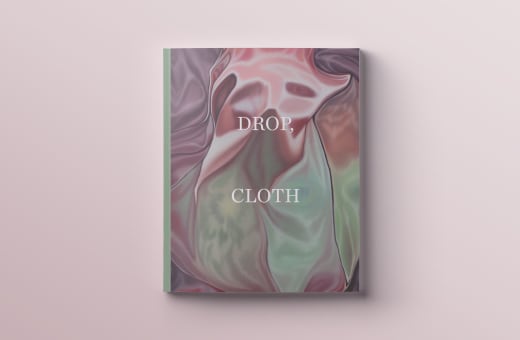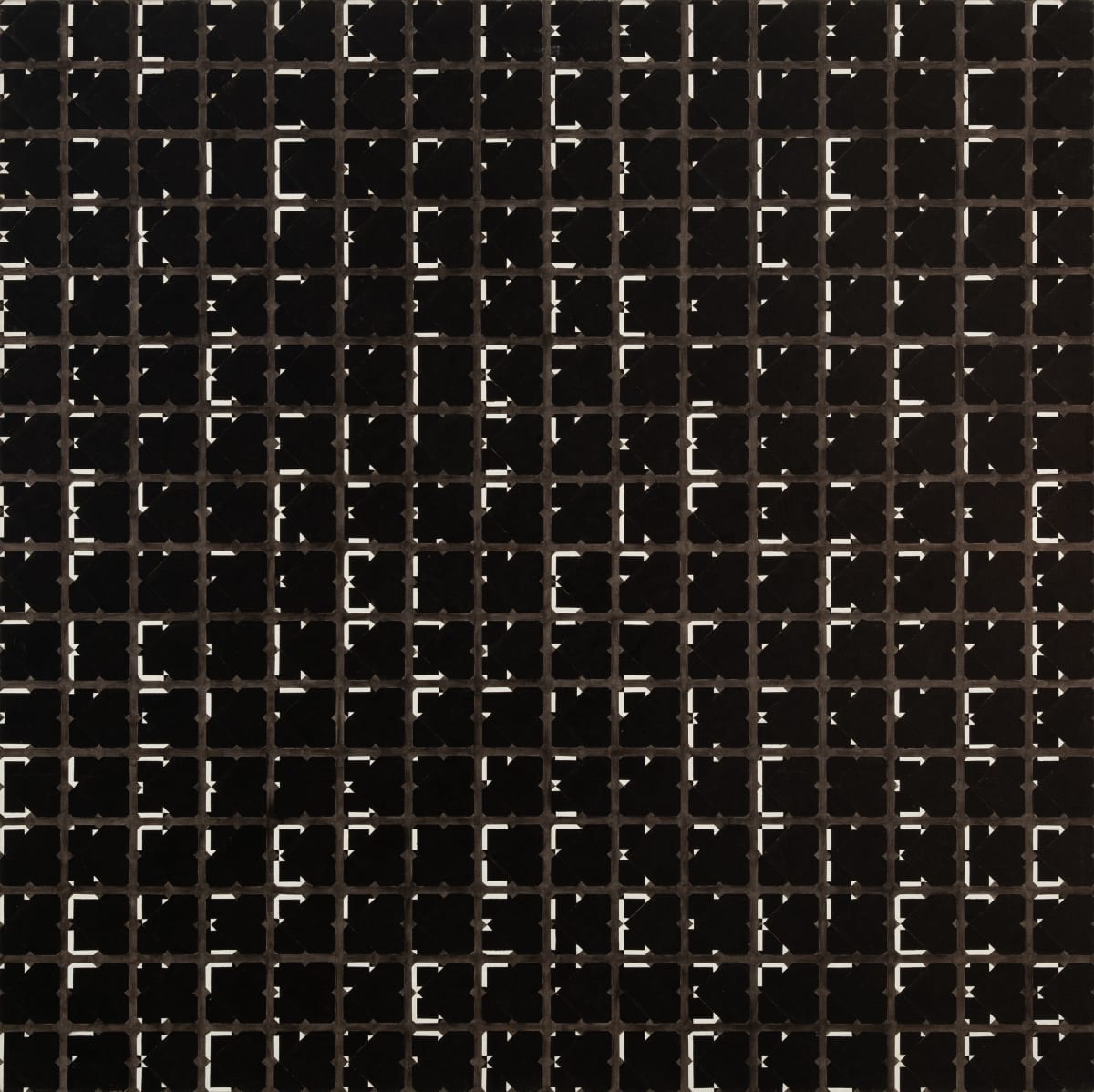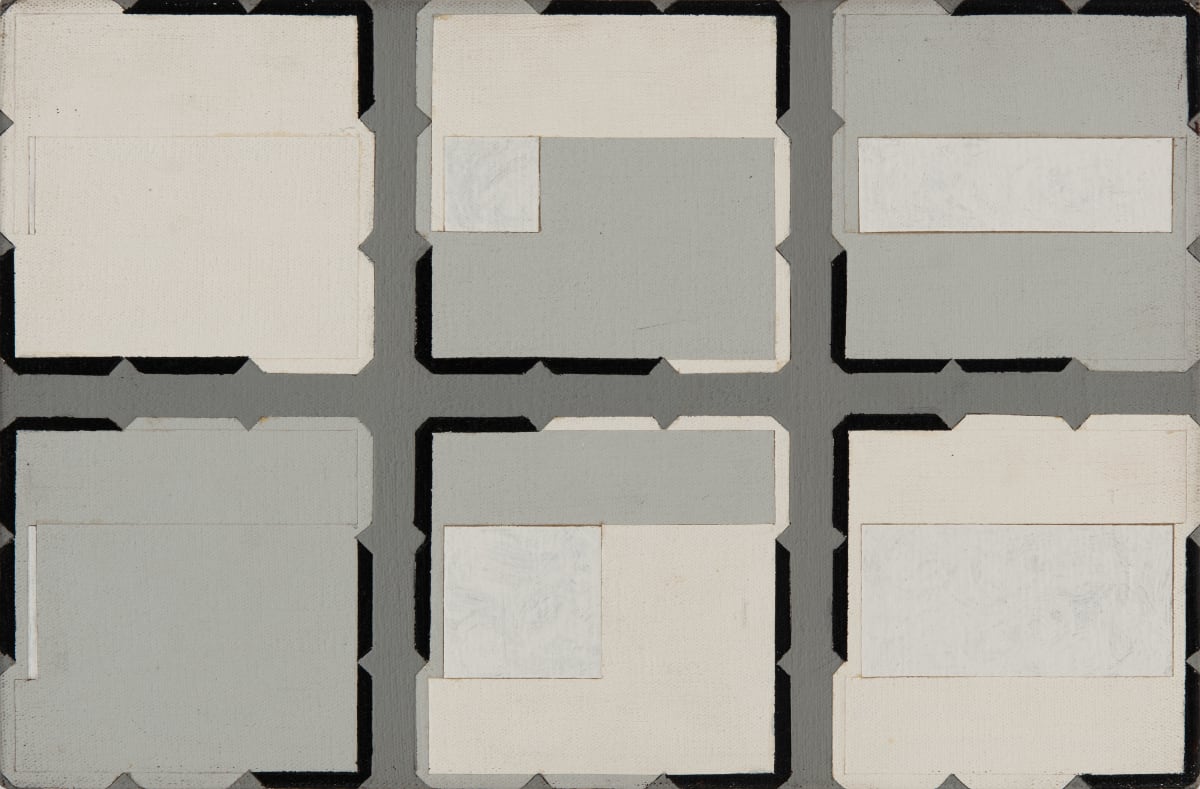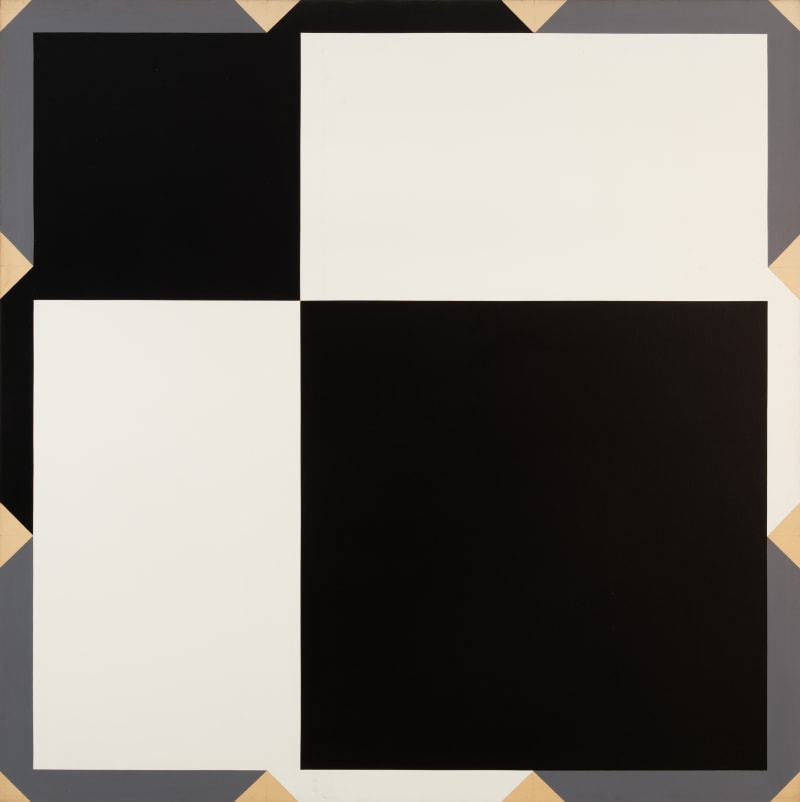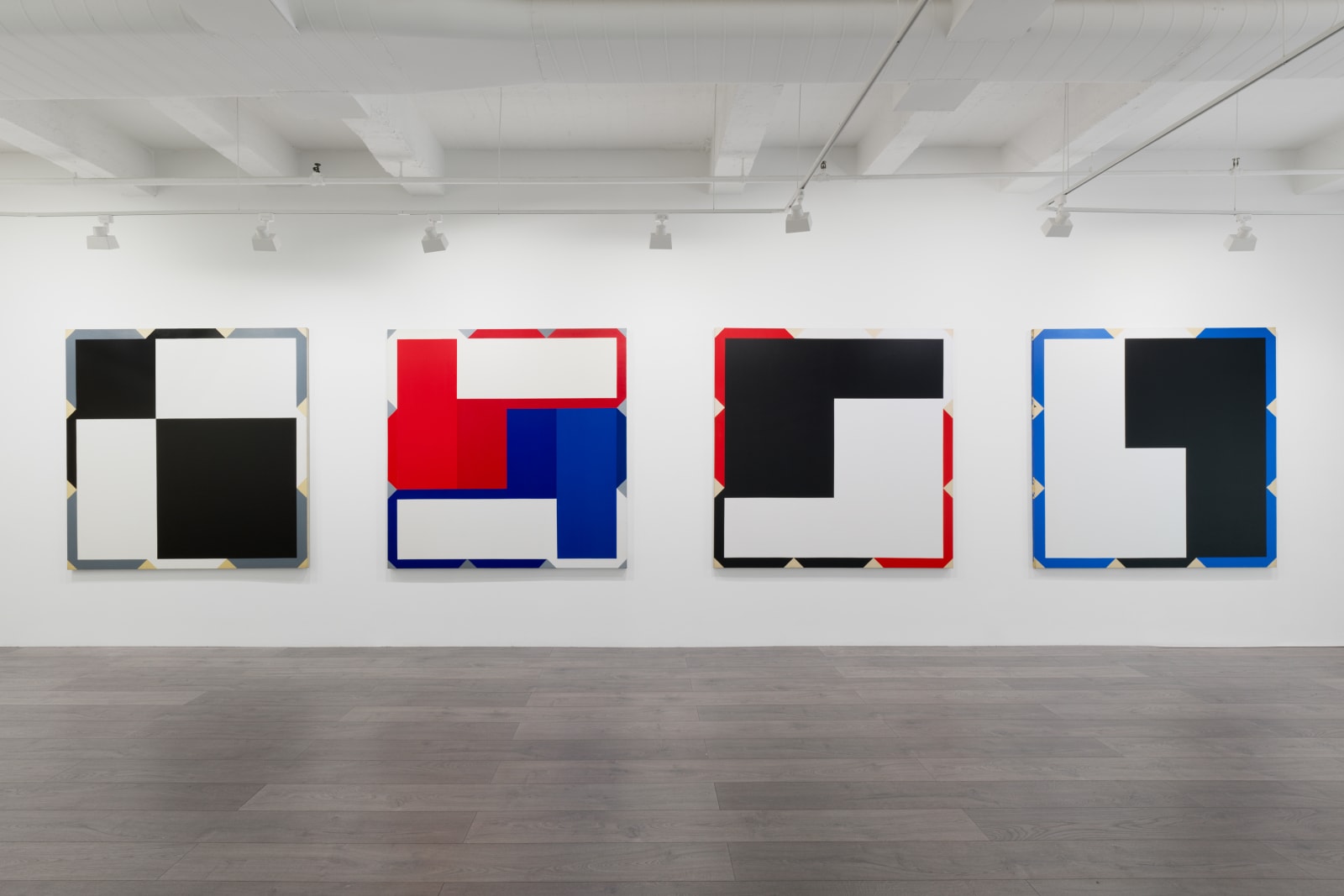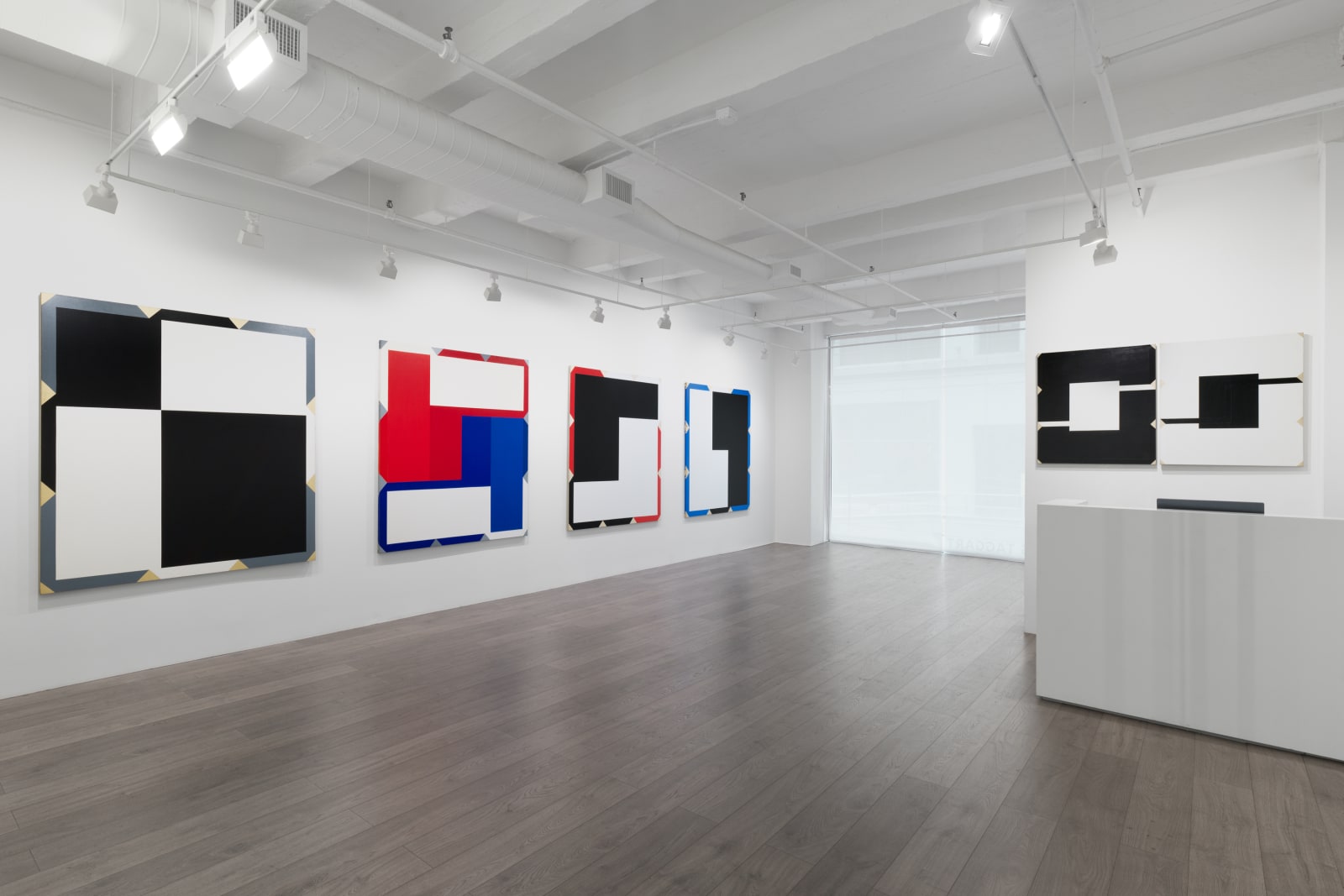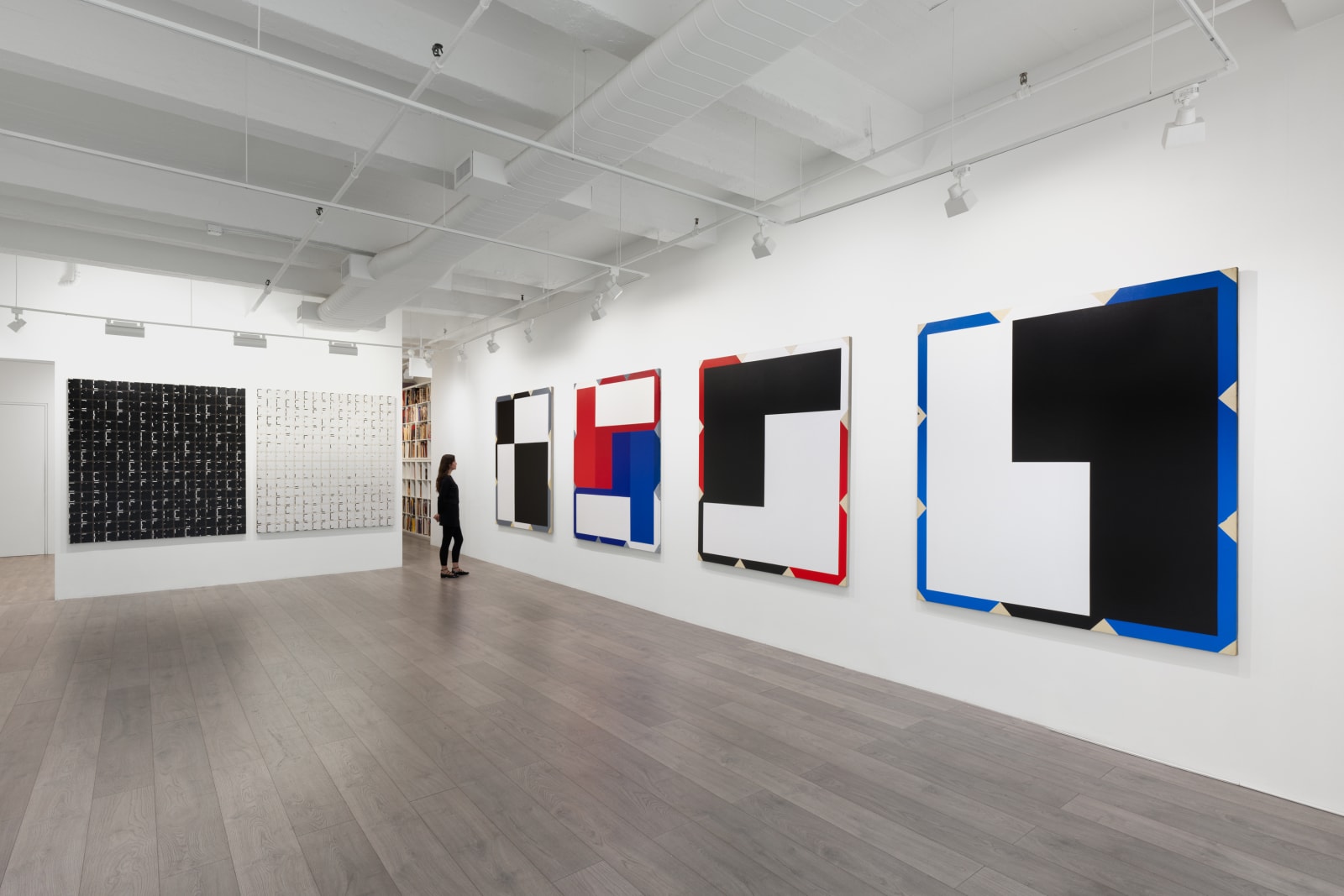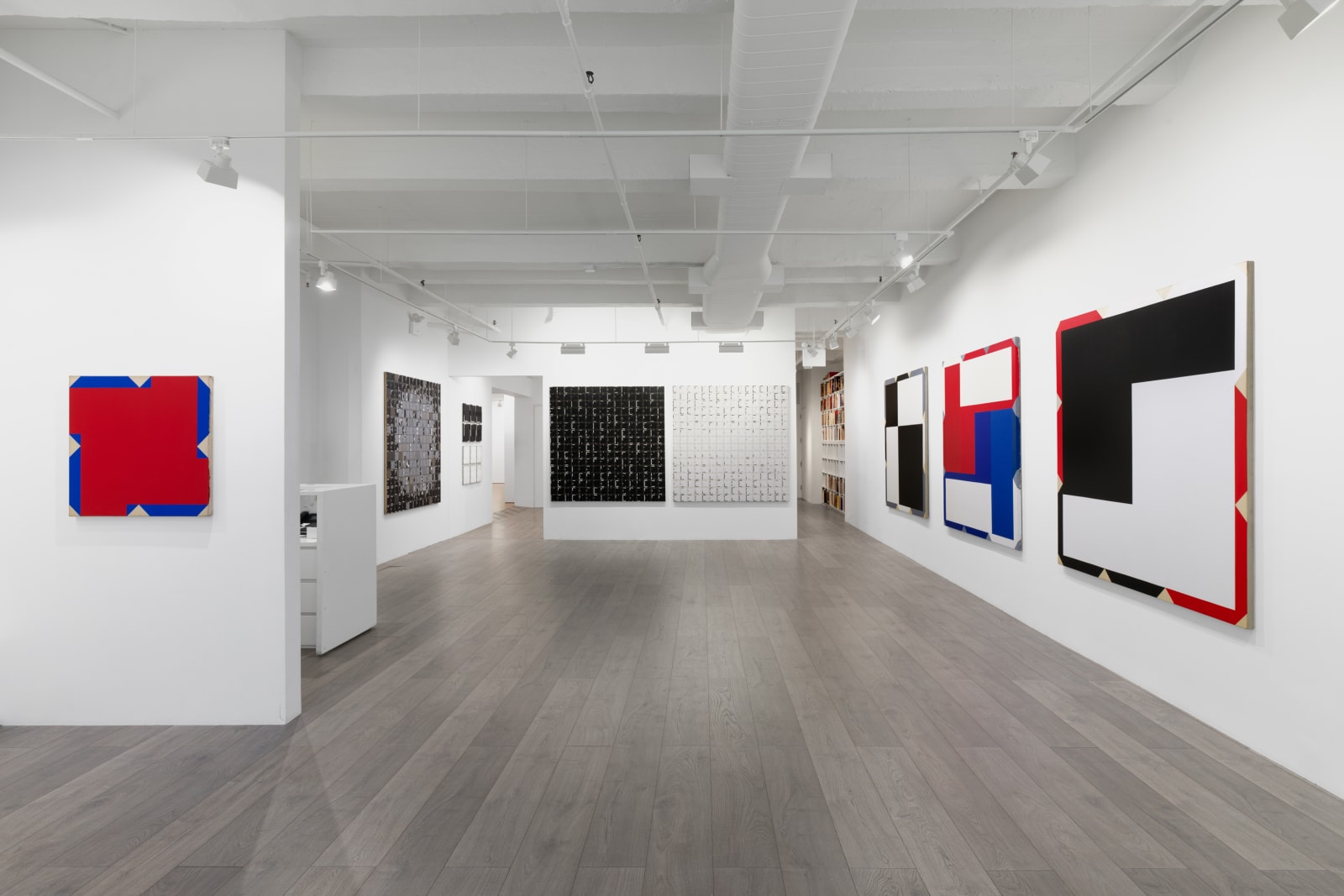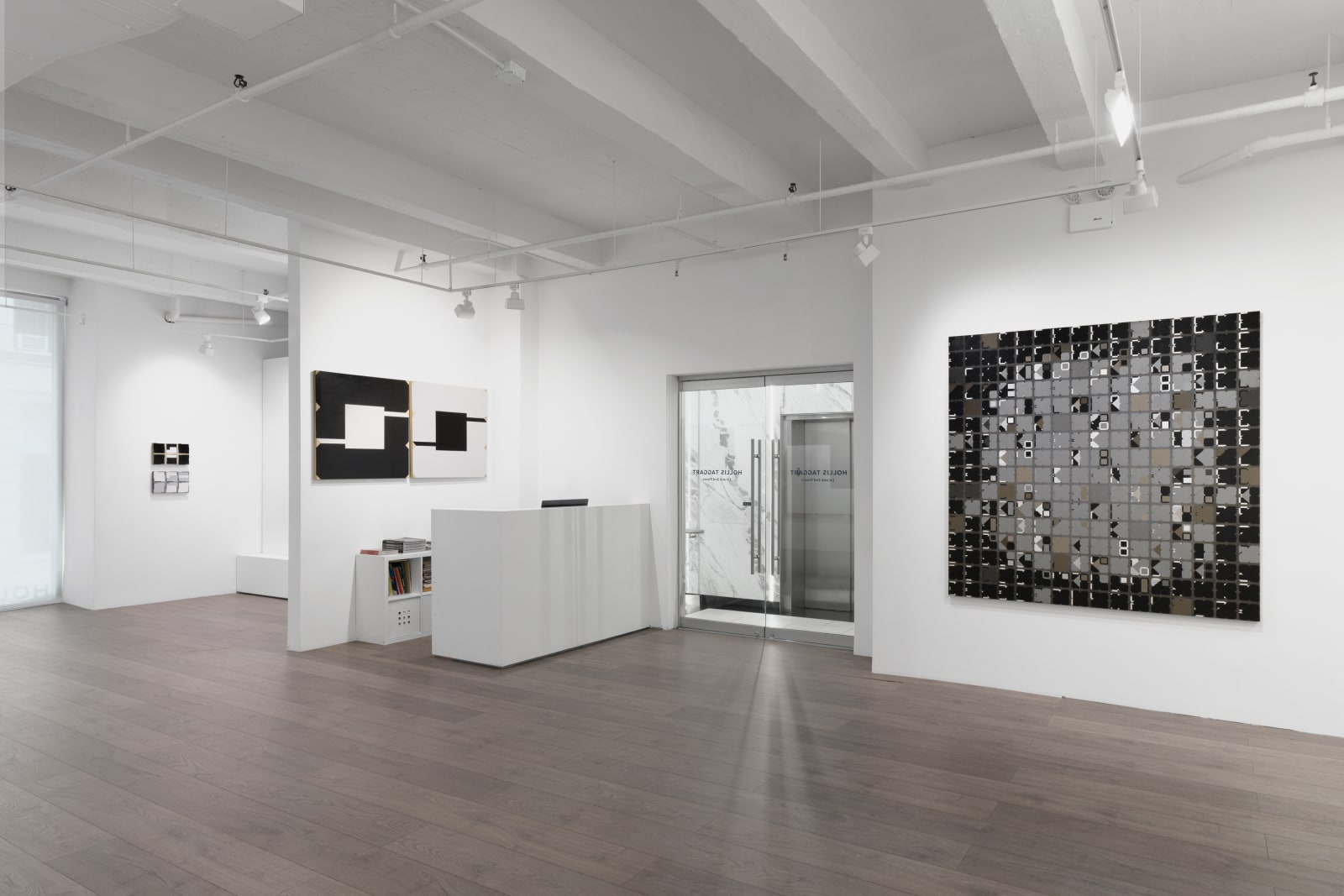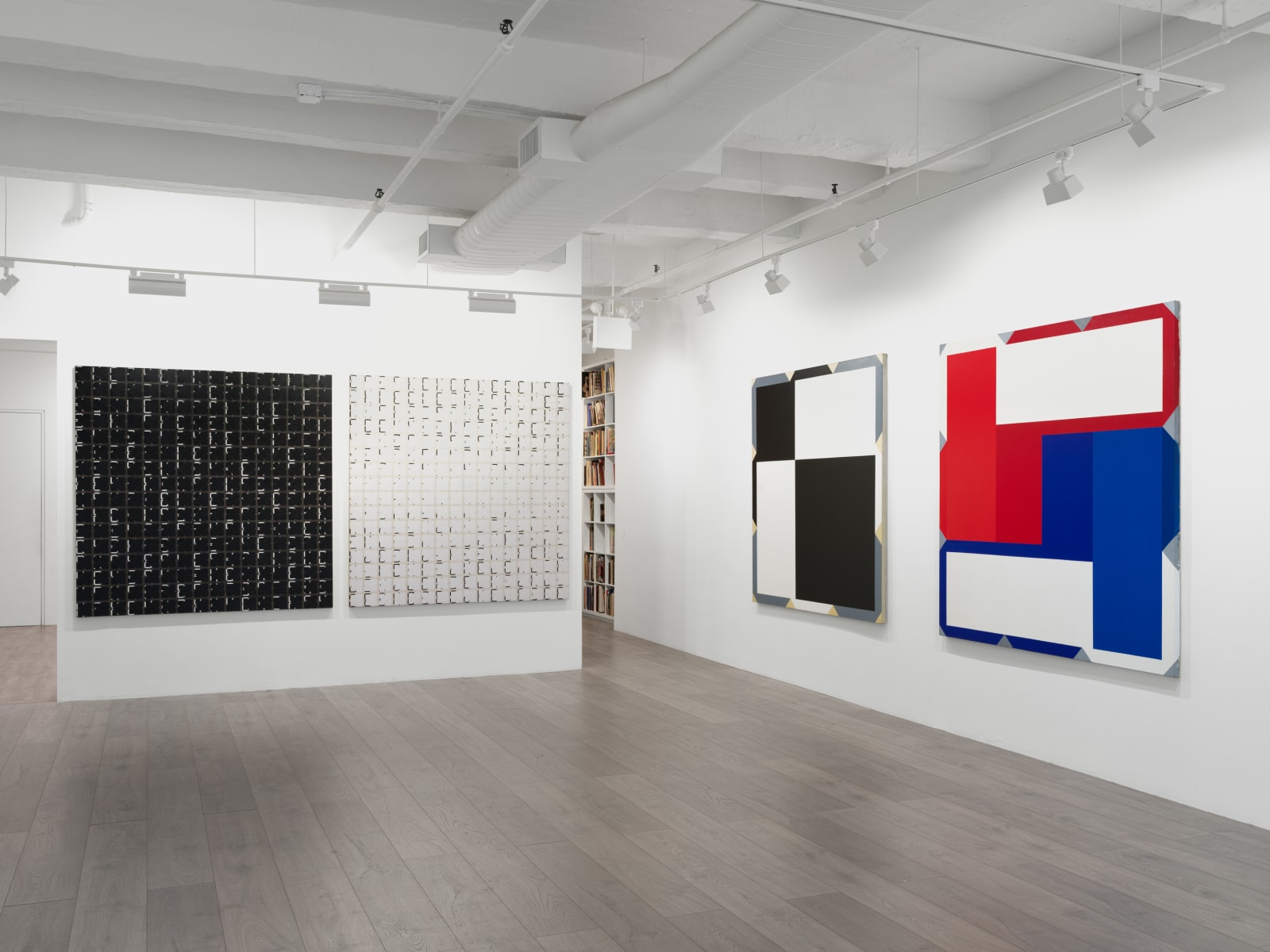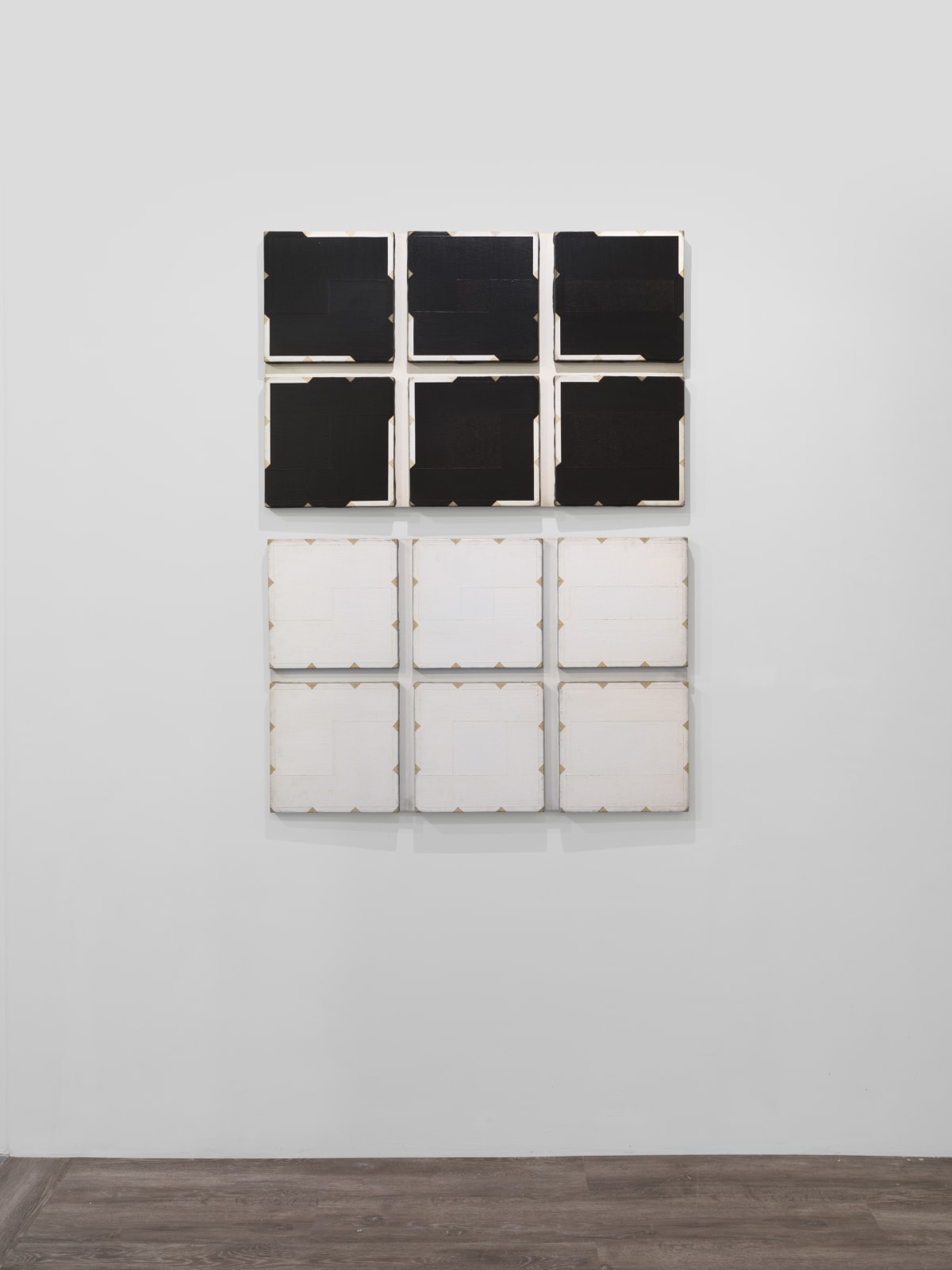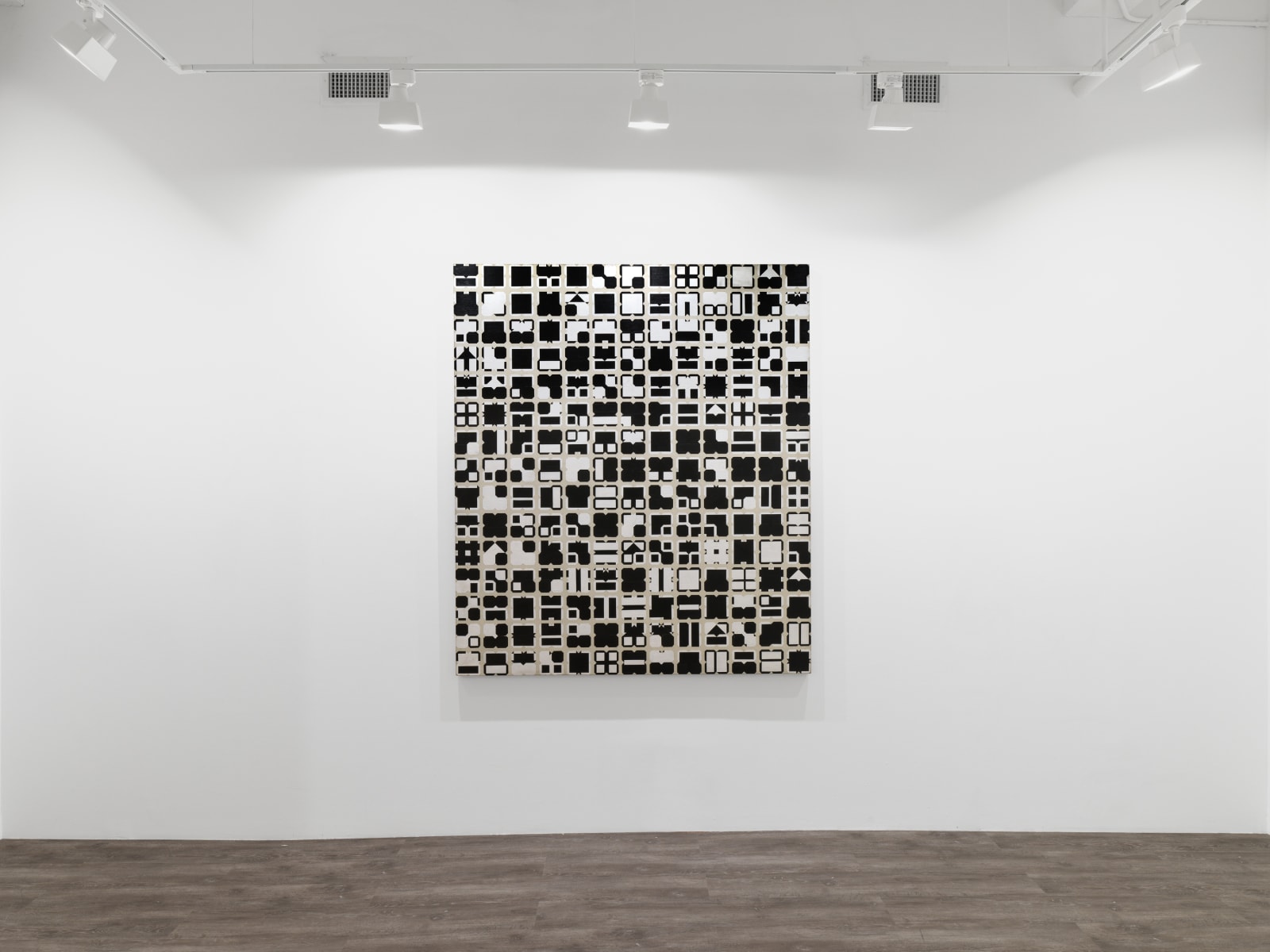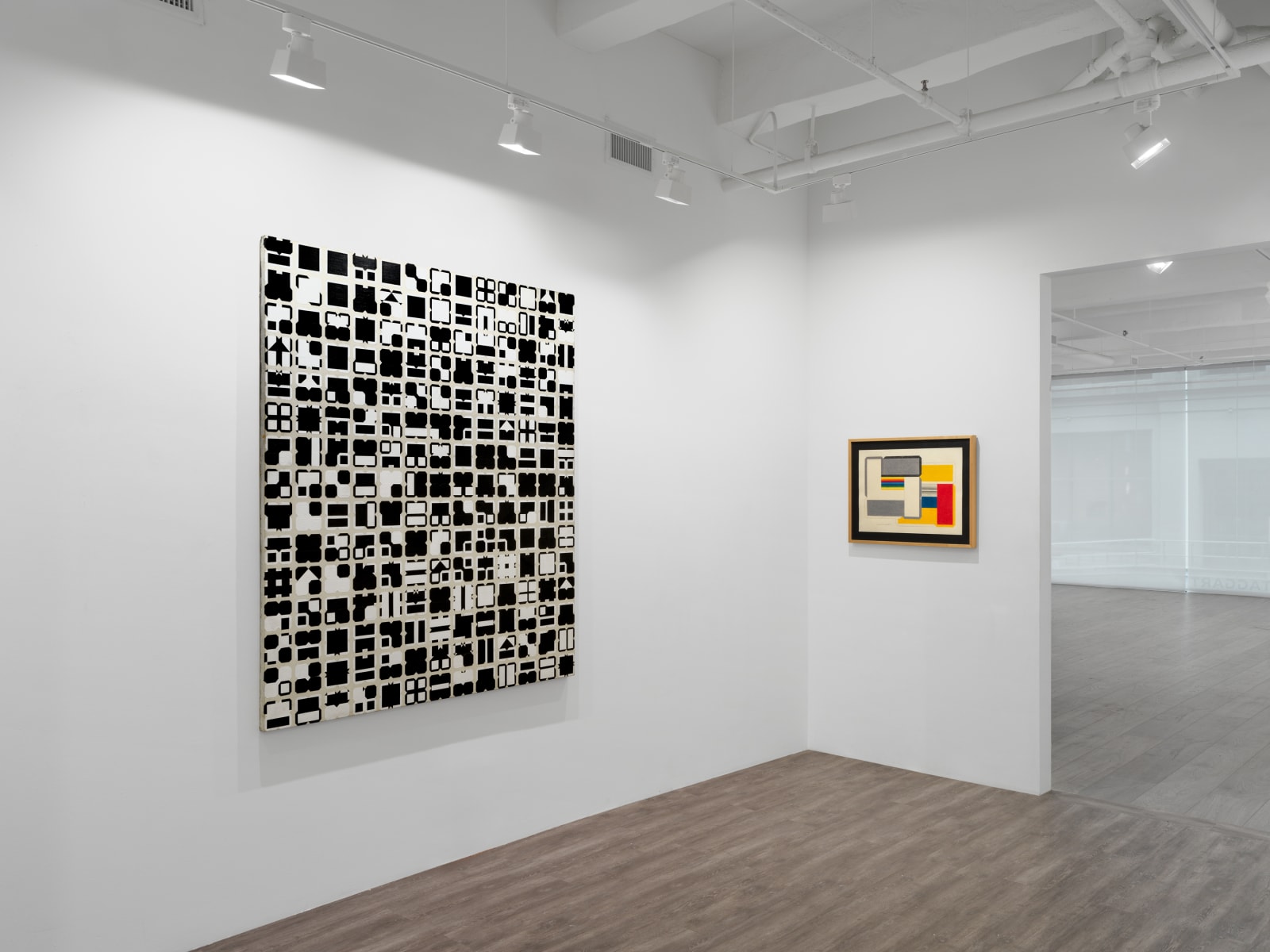
The exhibition showcases Iwamoto’s remarkable ability to find seemingly endless possibilities within a singular form, demonstrating a boundless creativity spurred by geometric constraint.
Hollis Taggart is pleased to present the gallery’s second solo show of work by the Japanese American artist Ralph Iwamoto since taking on representation of his estate in 2023. Ralph Iwamoto: Octagonal Permutations will explore the artist’s geometric works from the early 1970s to the early 1990s, focusing specifically on Iwamoto’s meticulous study of the octagon, a form which preoccupied him for nearly a quarter of a century. Repetitively reworking the same shape for over two decades, the exhibition showcases Iwamoto’s remarkable ability to find seemingly endless possibilities within a singular form, demonstrating a boundless creativity spurred by geometric constraint. Ralph Iwamoto: Octagonal Permutations follows the exhibition Wild Growth: Ralph Iwamoto, Surrealist Works from 1955 at Hollis Taggart in March 2023, which focused on a very different body of work from the very beginning of Iwamoto’s oeuvre, when he explored the flora and fauna of his native Hawaii. Ralph Iwamoto: Octagonal Permutations will be on view from June 5 through July 18, 2025, with an opening reception on Thursday, June 5, from 6-8PM.
Hollis Taggart is pleased to present the gallery’s second solo show of work by the Japanese American artist Ralph Iwamoto since taking on representation of his estate in 2023. Ralph Iwamoto: Octagonal Permutations will explore the artist’s geometric works from the early 1970s to the early 1990s, focusing specifically on Iwamoto’s meticulous study of the octagon, a form which preoccupied him for nearly a quarter of a century. Repetitively reworking the same shape for over two decades, the exhibition showcases Iwamoto’s remarkable ability to find seemingly endless possibilities within a singular form, demonstrating a boundless creativity spurred by geometric constraint. Ralph Iwamoto: Octagonal Permutations follows the exhibition Wild Growth: Ralph Iwamoto, Surrealist Works from 1955 at Hollis Taggart in March 2023, which focused on a very different body of work from the very beginning of Iwamoto’s oeuvre, when he explored the flora and fauna of his native Hawaii. Ralph Iwamoto: Octagonal Permutations will be on view from June 5 through July 18, 2025, with an opening reception on Thursday, June 5, from 6-8PM.
Ralph Iwamoto (1927-2013) was born in Honolulu, Hawaii to Japanese Buddhist parents. Iwamoto witnessed the bombing of Pearl Harbor as a teenager in 1941 and served as part the Military Intelligence Service in the Second World War, for which he received the Congressional Gold Medal Award in 2011. In 1948, he moved to New York City, where he fully immersed himself in the art world, enrolling in the Arts Students League with the support of the G.I. Bill. In 1957, the artist began working as a security guard at the Museum of Modern Art, forming close relationships with fellow guards Sol LeWitt, Robert Ryman, and Dan Flavin, who would go on to become core members of the Minimalist movement. Iwamoto was tremendously inspired by this group, even dedicating some works to them, including White Shuttles (1975-82), dedicated to LeWitt, and Black Shuttles, 1975–82, dedicated to Ryman, both on view in this exhibition.
Though his Hawaiian Japanese background remained very important to Iwamoto throughout his life, the experiences he had in New York City, as well as the community he formed here, were seminal to his development as an artist. While many artists in New York in the 1960s were creating repetitive works, Iwamoto’s work feels inextricable from the architecture and layout of Manhattan itself, which made an indelible mark on Iwamoto’s aesthetics. The artificial grid of the city – in contrast with the organic flowing forms of the natural surroundings of the artist’s childhood – was a clear inspiration, with some works even named after squares in Manhattan, from Foley Square (1973) to Herald Square (1973) and Abingdon Square (1973), the square in the West Village next to the Westbeth Artists Housing building where Iwamoto lived. As if a metaphor for the explosive creativity that can be generated from within a confined and defined space, Iwamoto also directly cited “the razzle dazzle of Times Square” as an important influence on his geometric work.
In her essay accompanying the exhibition, writer Emily Chun positions Iwamoto’s work within the framework of other artists who explored the possibilities of geometric experimentation, including Malevich and Mondrian, as well as other artists who dedicated their practices to finding variety in repetition, from Warhol to LeWitt. She also explores the impact of the existentialist milieu on Iwamoto’s work, arguing that in demonstrating how to probe the possibilities of one geometric form, Iwamoto’s octagonal works also show how to transcend the constraints of life.
For more information about Ralph Iwamoto: Octagonal Permutations, please contact us at info@hollistaggart.com or +1 212.628.4000.
For press inquiries, please contact Aga Sablinska at aga.sablinska@gmail.com or +1 862.216.6485.
Artworks






